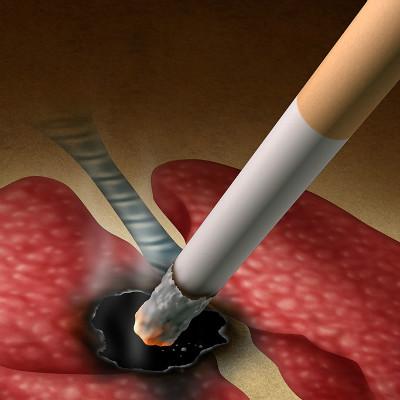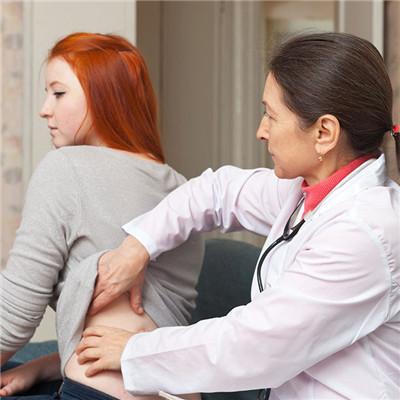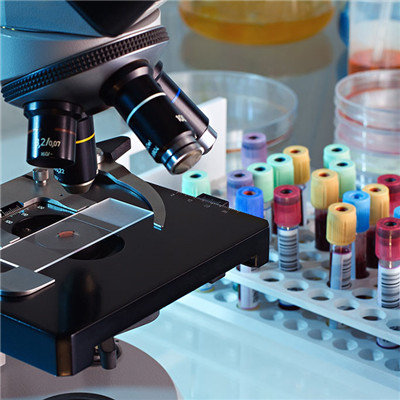Symptoms of Parkinson's disease
summary
With the improvement of people's living standards, the number of patients with Parkinson's disease in China is gradually increasing, which brings great inconvenience to patients' health and daily life. Only by understanding the symptoms of Parkinson's disease, can we find the disease in time, treat it in time, and prevent the deterioration of the disease. What are the symptoms of Parkinson's disease in the elderly? The following is a detailed explanation.
Symptoms of Parkinson's disease
Tremor: Parkinson's disease is characterized by slow rhythmic tremor, which usually starts from one finger and affects the whole upper limbs, lower limbs, mandible, lips and head. The typical tremor is static tremor (static tremor is rhythmic tremor caused by alternating contraction of active muscle and antagonistic muscle. It is a common finger rubbing pill like action, with a frequency of 4-6 times / s. It occurs when it is still, aggravates when it is tense, lightens when it moves at will, and disappears when it sleeps.), Refers to the patient in a static state, the emergence of involuntary shaking. It mainly involves the upper limbs, and the hands vibrate like rubbing balls, sometimes the lower limbs also vibrate. Individual patients may involve mandible, lip, tongue and neck. Tremor 4-6 times per second, the amplitude is variable, will be aggravated when nervous.

Dyskinesia: dyskinesia: difficulty in starting random movement. Movement reduction: spontaneous and automatic movement reduction, movement amplitude reduction. Slow movement: slow execution of random movement. The patient's movement is slow, and the random movement is reduced, especially when he starts to move, the movement is difficult, laborious and slow. The amplitude and speed of the repetitive movement gradually decreased. When some patients write, the smaller the character is, it is called "lowercase syndrome". Some will have language difficulties, voice smaller, narrow range. Dysphagia, eating and drinking water can appear choking cough. Some patients get up when the whole body does not move, lasting several seconds to dozens of minutes, called "frozen attack.". These are symptoms of Parkinson's disease.

Ankylosis: refers to muscle rigidity, resulting in stiff muscles of limbs, neck and face, and the feeling of exertion, heaviness and powerlessness in limb activities. Facial expression rigidity and blinking movement decrease may occur, resulting in "mask face". The body bends forward, and the movements of walking, neck turning and turning are particularly slow and difficult. When walking, the joint swing of upper limbs disappears and the stride is shortened. Combined with the flexion posture, the patient can walk with broken step and forward movement. We call it "flustered gait", which is also a symptom of Parkinson's disease.

matters needing attention
Warm reminder: Parkinson is a disease that is easy to be affected by the elderly. The incidence rate is very high, which often leads to patients' daily life unable to take care of themselves. Therefore, we should care more for the elderly in our daily life and observe carefully, and we should find early treatment as soon as possible, so as to avoid serious consequences.
















